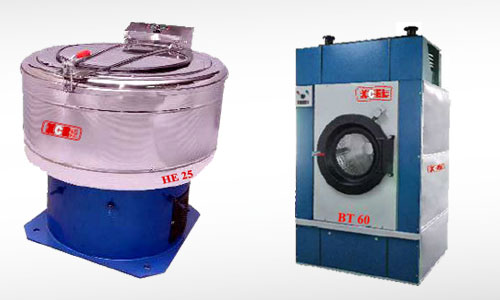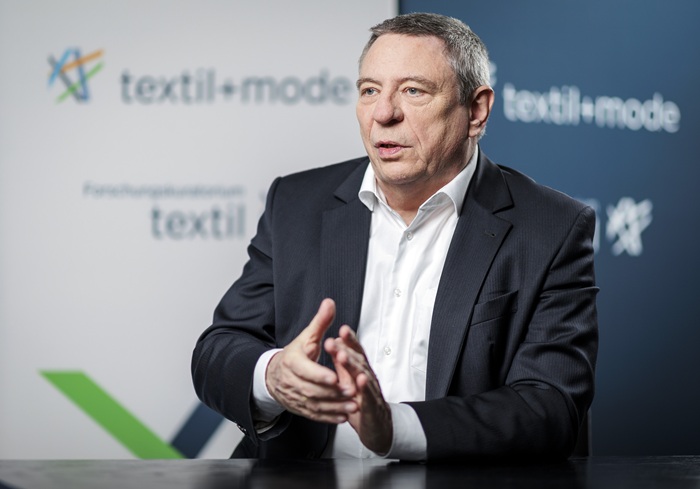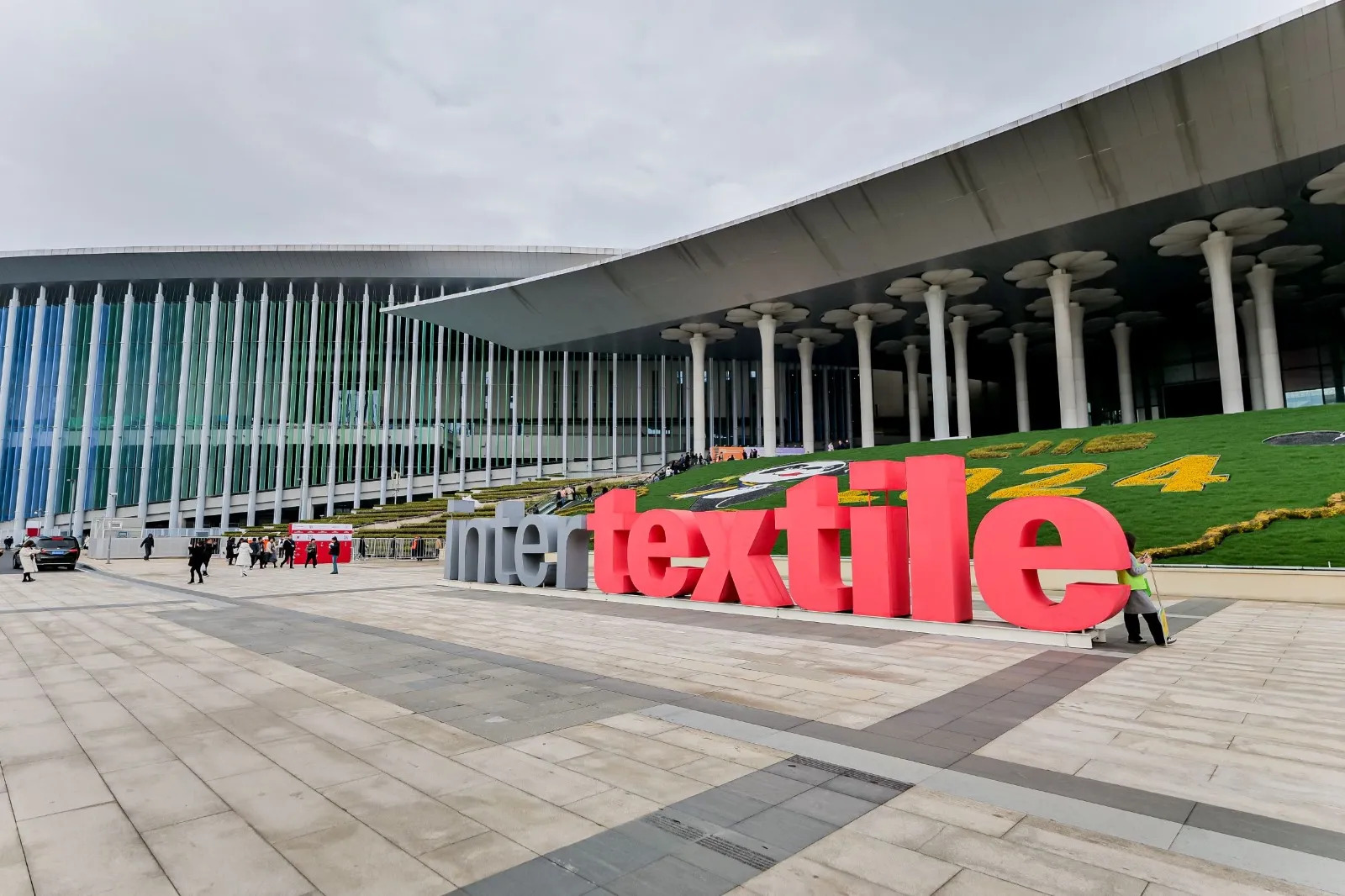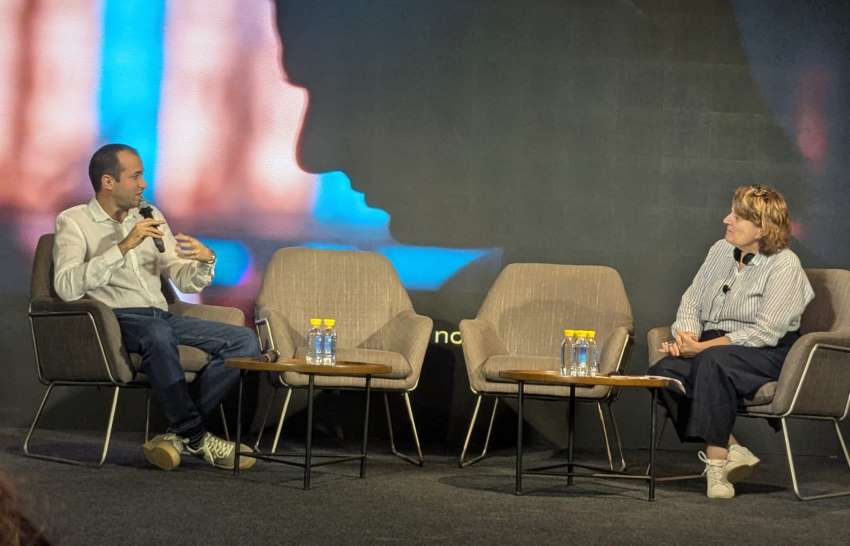FW
Global acrylic fiber market is projected to reach a CAGR of 3.6 per cent over 2016 to 2026. Acrylic fibers possess good aesthetic properties owing to their capability to accept multi-color dyes in clear, bright and muted tones. They impart natural aesthetics to fabrics as opposed to their nylon and polyester counterparts. Also, acrylic fibers have excellent resistance to ultraviolet degradation, weak alkalis, and microbiological attack.
Demand for acrylic fibers is expected to increase in the Asia Pacific region. Sporadic supply of wool and cotton at a global level is pushing manufacturers to blend acrylic fiber with wool and cotton for use in the manufacture of products such as blankets, sweaters etc.
The global acrylic fiber market is segmented on the basis of dyeing method, fiber form, blending, end-use and region. On the basis of dyeing method, the global acrylic fiber market is segmented into acid, gel, and undyed. The gel dyeing segment is estimated to register a CAGR of 3.8 per cent over the forecast period. The gel dyeing segment is estimated to dominate the global acrylic fiber market, with a 56.5 per cent market revenue share.
On the basis of end use, the global acrylic fiber market is segmented into apparels, home furnishing, industrial, and outdoor. The apparels end-use segment is projected to register a CAGR of 3.6 per cent over the forecast period.
"With a recent partnership with IIGM – the leader in machinery segment, Xcel Stiro is looking at immensely benefitting from the relationship. The company’s products from January onwards will see an improved market representation and reach on the back of this partnership."

With a recent partnership with IIGM – the leader in machinery segment, Xcel Stiro is looking at immensely benefitting from the relationship. The company’s products from January onwards will see an improved market representation and reach on the back of this partnership.
Launched in 1994, Xcel Stiro has a complete range of ironing and laundry dry-cleaning machines. “We are currently producing 62 types of machines in different sizes, capacities and designs. Adding to this, we are running our production in three different assembly lines,” explains Deepak Chawla, MD, Xcel Stiro. Talking about the USP of the machine, he says, “There are two key features that set us apart. First, quality strength of the machinery. In quality, we believe, there are two kinds of parts which make a machine: the fabricated part and moving part, which always runs. As far as fabricated part is concerned, we use the best components available in India. Another aspect of our manufacturing is sustainable use of everything we make for users, we try to ensure machinery does not rust or melts in the long run. We focus on aesthetics of the machine which is neglected by most manufacturers.”
Higher service at minimal cost

The company’s philosophy is to let the product cost be higher and service cost be minimal. Whether the product cost is higher and service cost is lower, or service cost is higher and product cost is lower, ultimately the user has to spend a certain amount. If that amount is spent on good quality machinery, chances of a breakdown is much less. Less number of malfunctions means more efficiency and productivity. Servicing is the most essential part of industry since usage is always high. Machines are running for 24 hours, they require maintenance and servicing frequently. Tying up with a company, with offices in 70 cities make sense when it comes to service and allied stuffs. “We are undoubtedly going to be strong in this area with this alliance,” asserts Chawla. Xcel Stiro sees the partnership as a very positive development. “Our products from January will see improved market representation and reach. Another positive is is their association with other segments and players. We get more exposure within the industry. The collective efforts are expected to transpire into a great business proposition for us. Since they are strong in southern, western and eastern region, they will be our prime distributer there. Northern region, being a principle company, we will be doing ourselves,” informs Chawla. “As of now, our focus is on training their sales and service team to equip them with technical knowhow,” he adds. Talking about the international markets, he says, “We are already present in South Africa and Bangladesh. With this tie-up, we are aiming at more overseas expansion, primarily towards southern markets, since IIGM has substantial presence there.” We are one of three top most companies in this segment in the country. With this tie-up, we are confident about outsmarting them. The exposure and reach is going to be unparalleled,” Chawla explains.
Current market scenario
In the long term, the market is excellent. “We may have some issues in the short run due to demonetisation. We have 6,000 customers from the time we are in the business, so confidence and trust comes automatically among buyers. We make quality products and once people use them, they become our life-long customers.”
Future plans
For Xcel, the tie-up with IIGM has been the biggest step towards future growth. “We are witnessing 17 to 20 per cent year on year growth. We are expanding and will keep expanding the same way. We plan to double our turnover in coming years,” concludes Chawla.
End2End fashion software provider, Visual 2000 International has announced the launch of Next is Now 2017, a fashion-forward tech conference for professionals of the Apparel, Footwear and Fashion Accessories industry. This initiative is in line with Visual 2000’s mission of providing best-of-breed business technology solutions to the global AFA industry.
Due to take place in Montreal, Canada from March 29 to 30 2017, this two-day event will explore challenges facing today and tomorrow’s fashion industry, tech innovations and trends. Top brand executives, industry experts and influencers will present topics such as the omni-channel revolution, the future of e-commerce, how to quantify success with business intelligence and the foundations of product innovation.
Open to all professionals, day one will focus on the software innovations shaping the future of fashion with industry talks, a surprise announcement and networking. The second day, open exclusively to Visual users, will focus on exploring Visual’s new generation of solutions with product discovery and training sessions.
Charles Benoualid, VP of Research and Development, says the conference will bring together many industry professionals and influencers to bring their heads together and discuss the future of fashion. The goal of Next is Now is to empower industry professionals to make better business decisions faster and drive sustainable competitive advantage.
20 years in the making, Visual 2000 provides end to end software for apparel, footwear and fashion accessory companies. More than 600 companies around the world take advantage of Visual 2000′s End2End advanced ERP, PLM, supply chain management, warehouse optimization and business intelligence software.
Ukrainian fashion designers and clothing brands are catching the attention of global buyers. Blood & Honey that makes mink fur clutch bags and is sold in multi-brand boutiques across the United States. Apart from its outlets in New York, Chicago and Miami, the brand is actively progressing in the UAE and Europe. Its use of real fur makes Blood & Honey high-end but this hasn’t stopped the brand from selling well. Prices for its goods in the US are 30 per cent higher than in Ukraine.
Similarly leather shoes brand Kachorovska is seeing some success abroad. Around 10 per cent of its orders are currently sent abroad. Its products are selling well internationally via the internet and distributors in the US, UAE and Japan. Kachorovska’s shoes are sold via foreign websites, social media and at festive markets in the United States, the UAE and Japan. The brand has also had requests to open shops in Canada, the Netherlands and the UK.
Coat brand Mirella Moda opened in 2014. Other than Ukraine, it has shops in Toronto, Almaty and Moscow. Competitive pricing helps Ukrainian clothing brands maintain growth and appeal to foreign customers. High quality also helps promote the brands, maintaining their success and keeping up demand. Ukraine’s proximity to the huge EU market, and the fact that the country can make good products at good prices, is expected to boost sales further.
From January, all textile units in India, except handloom, khadi and jute, will have to register online and provide data on production. The objective is to gather business intelligence that will be needed to come up with strategies for the development of the textile industry. Details such as the size of the unit, the number of workers, production, product type, fiber used and the standards adopted will be collected. This will be mandatory for all units. Knowing how many units are in the medium and small scale sector, how many are mills or the kinds of products they make will furnish information on which segment is strong, those that need support, and the quality standards adopted.
While the registration will be one-time, production details should be shared by the units every month. Units can do this online from their premises or make use of the infrastructure available at the regional offices of the Textile Commissioner or power loom service centers.
Thrust is being given on opening bank accounts for textile workers. The estimate is that there are 60 lakh workers in the textile industry. In the last ten days, accounts have been opened for two lakh workers. Master trainers will guide workers on payment transfer applications.
The Sri Lankan budget has been announced. Among many things, it primarily focuses on strengthening the country's economy. Following the route listed by the budget, it becomes quite evident that there are multiple benefits for the apparel and textile sector.
Presenting the budget, FM Ravi Karunanayake said his government has proposed the formation of a textile cluster that would include sizing, dyeing and finishing units by the private sector. The government will support the formation of a textile cluster by providing investment relief to businesses that will invest in this venture and will also provide adequate space to save close to $2,000 million per annum.
The budget also enlists that garment exporters will also be granted permission to import branded products by enterprises for reworking, operating under the commercial hub regulation. These garments will then be exported to countries where there is no preferential treatment.
The textile and handloom industry of Sri Lanka has a significant domestic market and will generate employment for many. The Industrial Development Board (IDB) will provide the necessary infrastructure and training. The board has also been requested to increase engagement with the industrialists who require knowledge transfer and upgrade the industrial estates to support the small and medium enterprises (SME) sector. The government has proposed to allocate Rs 500 million towards this sector.
The government will also allow apparel companies based in the country to invest in overseas entities involved in apparel design and manufacture up to 5 percent of their average export turnover of the preceding three years in any given year. Profits and income of such enterprises established overseas should be received by the investing company in Sri Lanka.
The government has also proposed a significant shift in the policy framework by keeping a special room for vocational training, which will thus mean providing scholarships to anyone who wishes to follow a vocational training programme at a state operated institution. This will enable vocational training in Sri Lanka for all at no cost.
The global market for organic cotton has grown by 67 per cent. There’s also greater global awareness of the need to have good quality organic cotton seeds. Organic cotton is grown using methods and materials that have a low impact on the environment. Organic production systems replenish and maintain soil fertility, reduce the use of toxic and persistent pesticides and fertilizers.
In addition to being one of the most widely grown crops in the world, growing conventional cotton is also one of the most chemical-¬intensive. These chemicals have tremendous impact on the earth’s air, water, soil, and the health of people in cotton-growing areas.
Apparel companies are developing programs that either use 100 per cent organically grown cotton or blend small percentages of organic cotton with conventional cotton in their products. There are a number of companies driving the expanded use of domestic and international organic cotton.
Organic cotton now equals 0.7 per cent of global cotton production. India is a significant organic cotton producer. Among others are the United States, China, Syria, Turkey. The specialty of Indian organic cotton is that all the cotton is hand-picked. Organic cotton is promoted as being skin-friendly and soothing and as being ideal for baby clothing.
Mimaki has moved into industrial textile printing with the Tiger-1800B printer. It is a direct-to-textile machine printer and is an eight-color device suitable for high-volume digital production of applications such as furnishings, flags, sports apparel and interior fabrics that could only be cost-effectively achieved in the past using traditional textile printing technologies.
Optional units can be added to expand the printer’s capabilities, including feeding units for jumbo rolls or folded fabrics, heating units and a folding arm unit for storing fabric in the box after printing. The fashion industry is currently the main target for this machine, which uses reactive inks. Mimaki will add other ink settings in future. The company is also currently in the final process of making a Tiger that will be suitable for the bedspread market.
Mimaki, based in Japan and founded in 1975, is a leading manufacturer of wide-format inkjet printers and cutting machines for the signs and graphics, textiles and apparel and industrial markets, and also provides a comprehensive range of supporting products like hardware, software and associated consumable items such as inks and cutting blades.
Mimaki cut and print devices deliver an array of applications. Eco-solvent inks in a variety of colors and advanced printing technologies enables production of anything from fine art reproductions to outdoor signage.
Euratex hosted five project partners in Brussels, to launch the newly Erasmus+ KA2 project Art Cherie (Achieving and Retrieving Creativity through European Fashion Cultural Heritage Inspiration). The project, coordinated by Euratex addresses the issue of apprenticeships delivery in the fashion sector dominated by SME’s and micro enterprises. The objective of the Art Cherie project is to contribute to the protection and exploitation of the fashion cultural heritage; organize and structure it in vocational training courses for the improvement of EU fashion designers working in textiles and clothing industries and young fashion designers.
Pitti Bimbo, the fair dedicated to junior fashion, will take place from January 19 to 21, 2017 at the Fortezza da Basso in Florence. The new winter edition of the event, whose theme is ‘Pitti dance off’ will be an international showcase for 503 collections, 280 of which come from abroad. They will be presented in stands or with ad hoc events and fashion shows. The event confirms its dual focus on the best-known brands N°21 Kids, Little Marc Jacobs, Twin-Set, Blumarine, Petit Bateau will be among the exhibitors and on the niche brands and those that are the result of the creativity of small companies that need visibility.
At the moment, junior fashion is experiencing a delicate moment. When there is uncertainty, there is a tendency to purchase fewer products and to chose, especially for younger children, less expensive clothing and accessories, said Pitti Immagine CEO Raffaello Napoleone. As per National Institute of Statistics (ISTAT), exports of children’s clothing reached €101.8 million in the period of January to August recording a growth of 5.4 per cent compared to that of the same period last year, disclosed Sistema Moda Italia.
Driving sales across the border were European countries that absorbed almost 67 per cent of the exports and registered a +7.6 per cent. This, despite a drop in purchase by Spain, the most important client for ‘Made in Italy’ children’s fashion. Standing out among the most dynamic markets are the United Kingdom (+19.1 per cent), Switzerland (+17.6 per cent), France (+8.3 per cent) and the US (+24.1 per cent), while Saudi Arabia (+57.3 per cent) and Poland (174.1 per cent), both in list of the top 15 destination countries, have registered a veritable boom.












